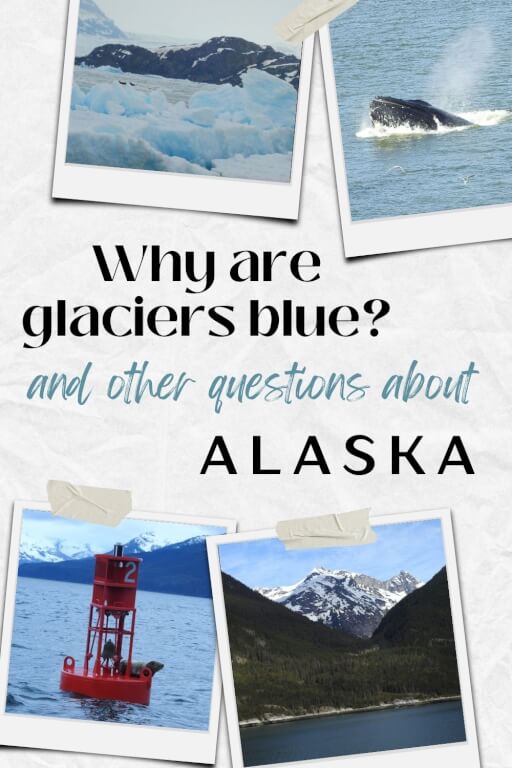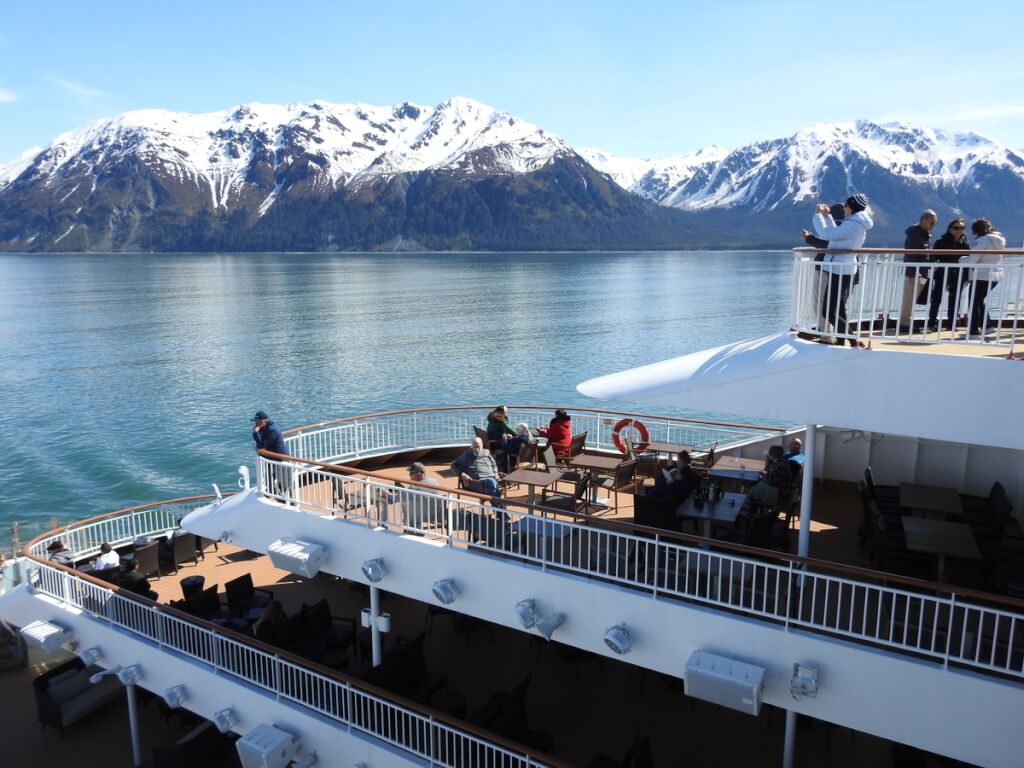
I must have been in my early teens, sometime around senior primary school when my fascination with Alaska first began. Perhaps it was the illustrated Encyclopaedia of the natural world that I was gifted for one of my birthdays or my curiosity of the unknown, but I had wanted to visit ‘The Last Frontier’ for as long as I can remember.
With some research I learned that one of the easiest, most convenient and affordable ways for South Africans to explore the vast state – a few ports at a time – is by cruising. Most cruises to Alaska follow a week-long itinerary from Seattle or Vancouver through the inland sea, ending off in Seward. This is the perfect opportunity to explore seaside fishing villages – some of which are only accessible by boat or plane, which makes it that much more of a bucketlist destination. I had the chance to do just that in mid-2023 on my first international trip post-pandemic. It was also my first cruise. And so, I got packing.
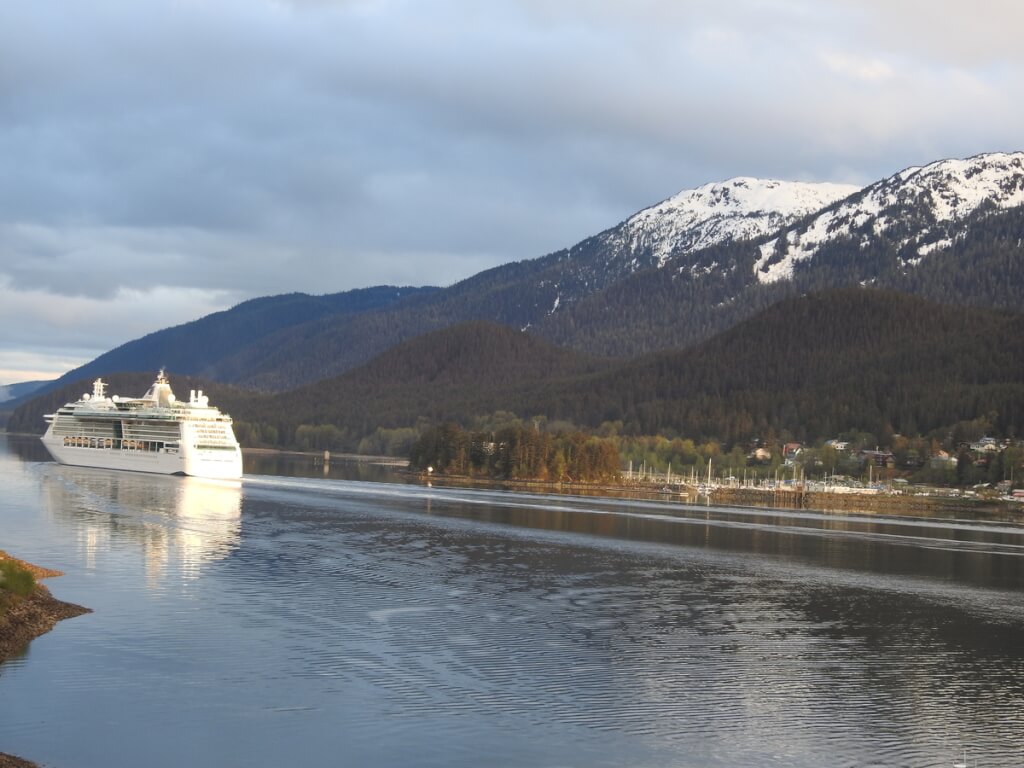
Cruising Alaska’s Inside Passage with Norwegian Cruise Line
I wasn’t the only one who was adding Alaska to my post-Covid bucketlist though. The state is set to have a record number of visitors – some 1.65 million cruisers across 50 ships and 700 sailings during the five-month-long 2023 summer season.
As soon as I embarked the Norwegian Spirit, I understood why. Not only is Alaska one of those once-in-a-life-time destinations but it showcases otherworldly landscapes and 664 named glaciers, one of which we experienced from the deck of the ship. Cruising Alaska is also an easier way of travelling the length of the 49th American state. Plus, there’s the added benefit of only having to unpack once during their an all-inclusive trip. Cruising also allows you to curate your level of adventure when it comes to doing on-shore excursions at a number of ports. As it was my first trip to North America and my first cruise, I was going to max out on adventure.
Just like me, those who boarded the ship from Vancouver on her maiden voyage of the 2023 season, were preparing to see snow-capped mountains pierce the sky to create a flurry of fluffed-out clouds that appear to dissolve into glimmering glaciers that cascade into pale turquoise waters, melting glacial waterfalls, temperate forests, as well as an abundance of wildlife from the ship and shore. Alaska, after all, is a place where nature reigns supreme. Various cruise lines offer cruises to Alaska, here are a few itineraries offered by Norwegian Cruise Lines, which I experienced.
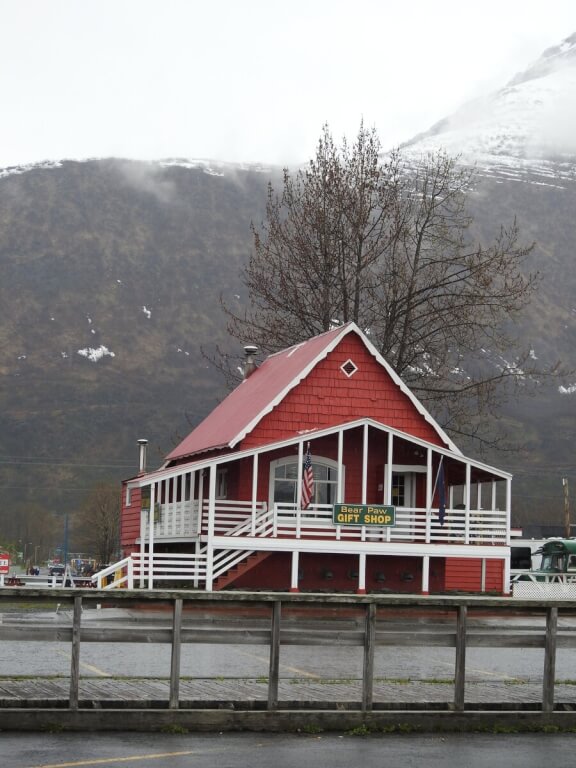
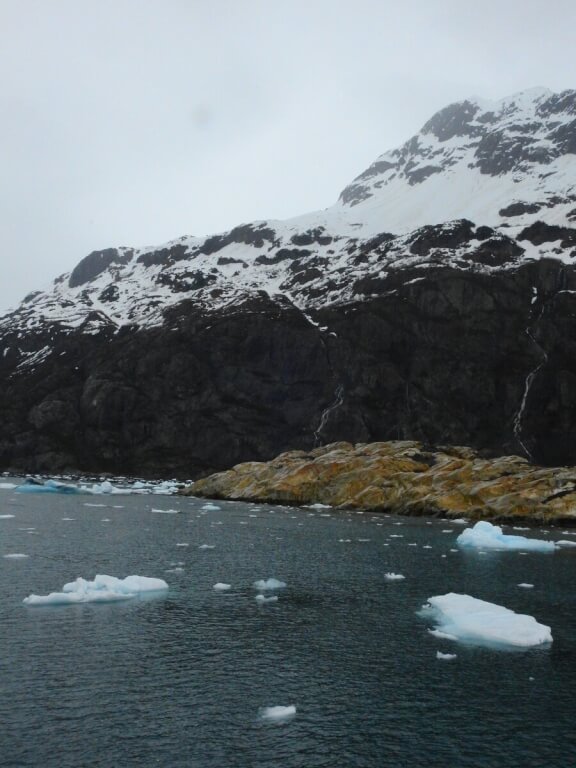
Day 1: Embarkation in Vancouver
I spent five days exploring Vancouver before the cruise, but I’ll tell you about that another time. Most cruises heading to Alaska being in Seattle or Vancouver.
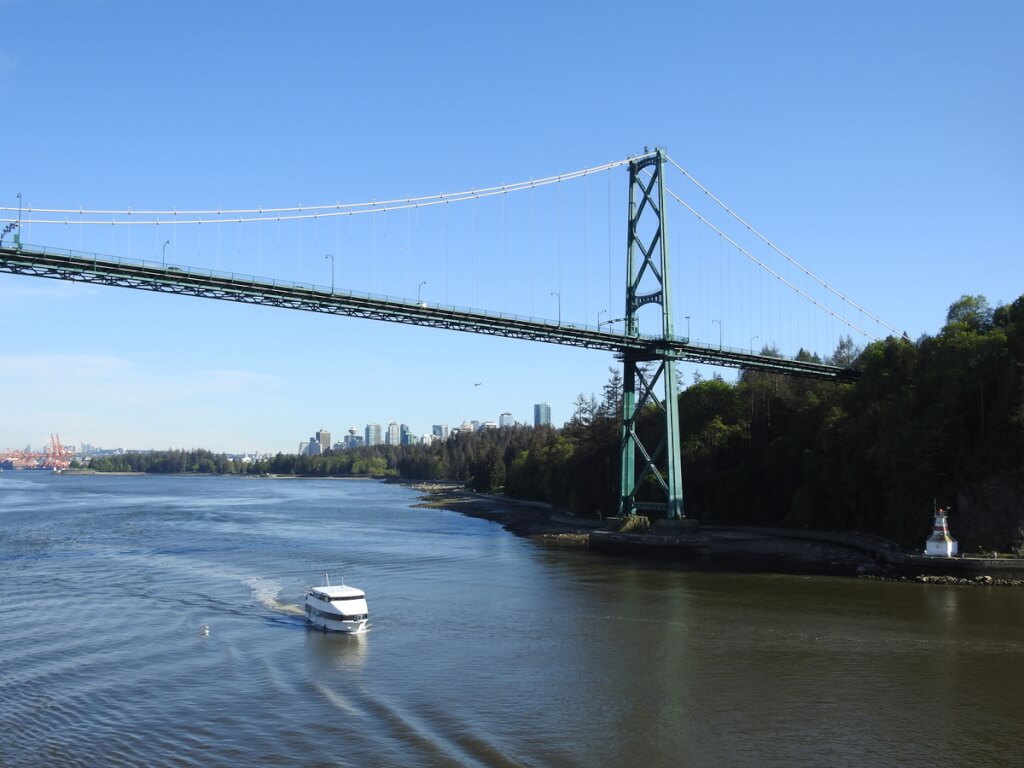
Day 2: Sea-day towards the Inside Passage
The second day of our cruise was a sea day that saw the ship steer her course towards the Inside Passage. This route is known not only for its awe-inspiring coastal landscapes and towering fjords, but for calmer waters than those found out in the open Pacific Ocean. The calm seas of the Inside Passage make it a perfect choice for first-time cruisers, like myself, as it minimises the chance of experiencing seasickness. I took this day to familiarise myself with the Norwegian Spirit and to find my sea legs while adjusting to jet lag. Later, I wrapped myself in my DRI-TEC puffer jacket and explored the outside deck.
Day 3: Icy Strait Point: Where the wild things are
Icy Strait Point, on Chichagof Island, was our first stop on day three. It’s still somewhat of an off-the-beaten-path port destination that offers a taste of untouched wilderness. It’s also not as busy as some of the other port destinations. Chichagof Island, which spans around 120 kilometres in length, is the fifth largest island in the United States. It’s renowned for its incredible biodiversity and is known as the ‘Bear Capital of the World’ with a healthy population of black and brown bears.
We took the free red gondolas to the top of Hoonah Mountain, followed by a nature walk before ending at what is said to be the World’s largest ZipRider. You can also immerse yourself in the rich Native Tlingit culture, explore the surrounding forests and rugged coastline, or embark on a thrilling whale watching excursion – we ticked sea otter, humpback whales, brown bear from our lists.
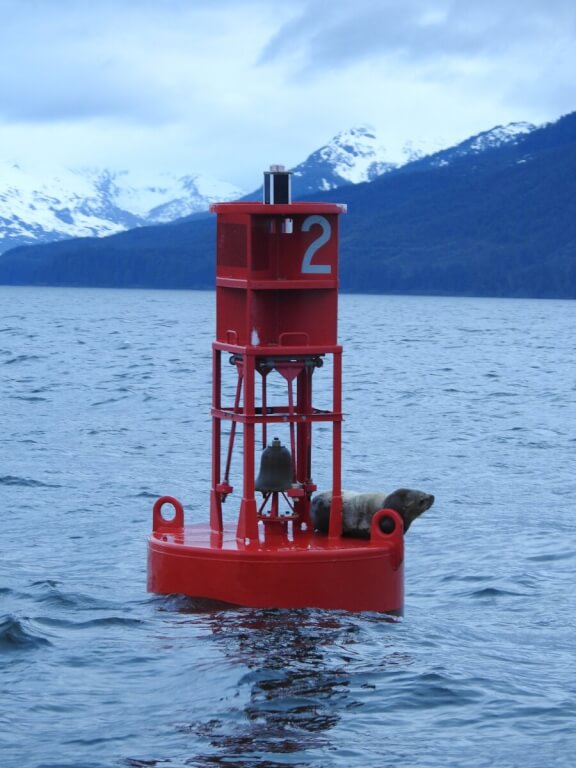
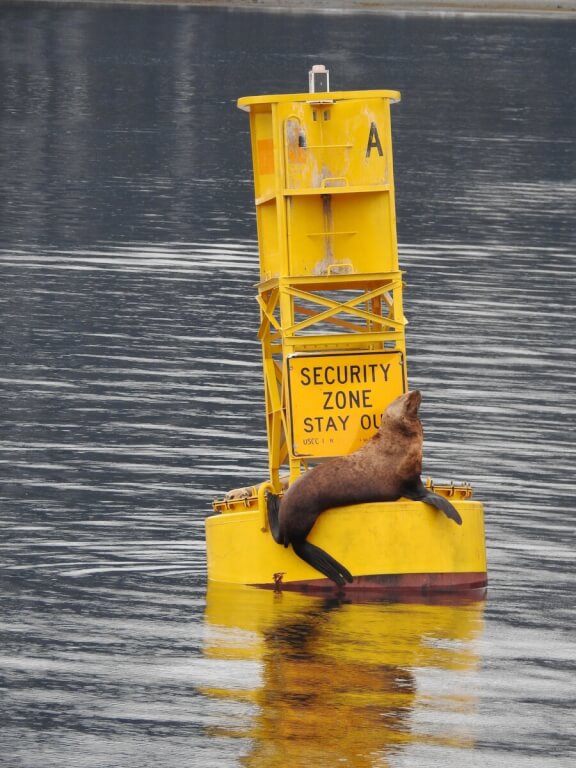
Day 4: Juneau: Alaska’s capital
Ironically, Alaska’s capital city of Juneau can only be accessed by water or air, which quintessentially defines everything that Alaska is – and isn’t. Cruises to Alaska offer an array of shore excursions at each port that can be pre-booked before your travel. Alternatively, once you’re on terra firma again you’ll find a number of independent tour operators near the port or cruise terminal.
Some of our travelling companions opted for a helicopter flight to Mendenhall Glacier that landed on the glacier. But being the intrepid travellers (and South Africans travelling on the rand) that we are, we decided to make our way to the glacier ourselves using public transport. The round-trip bus to and from Tongass National Forest took about 90 minutes and cost $4.
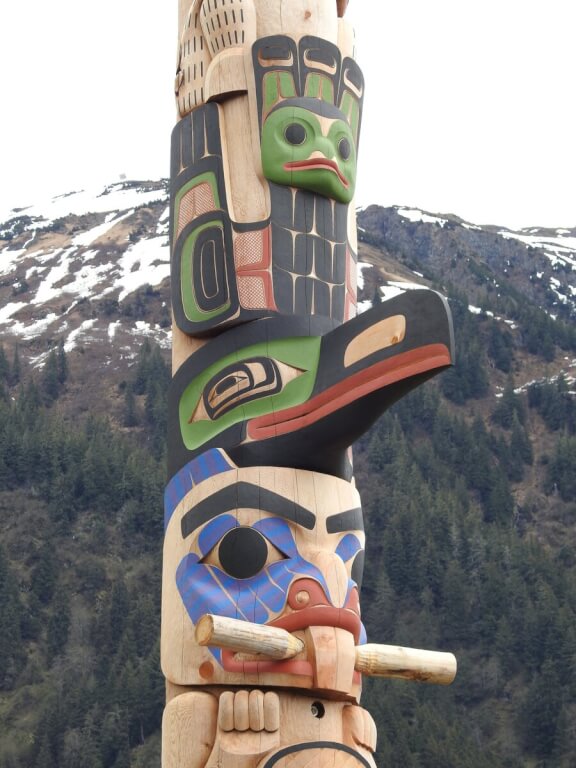
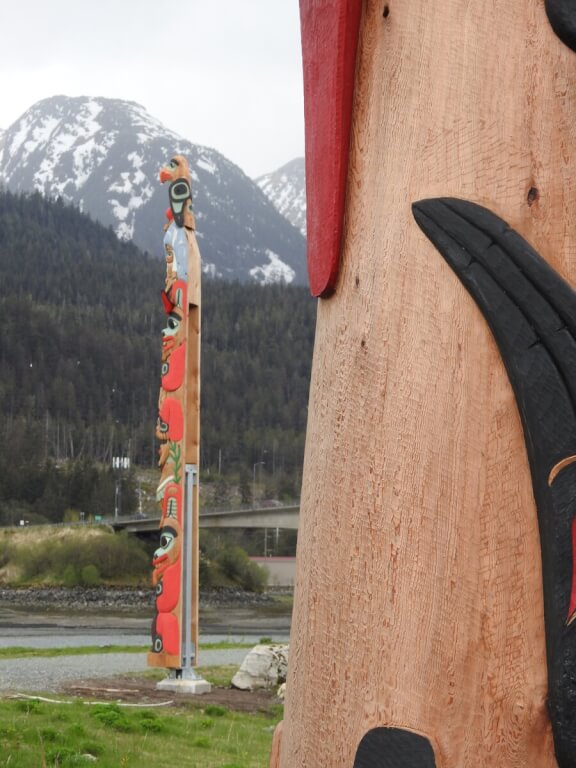

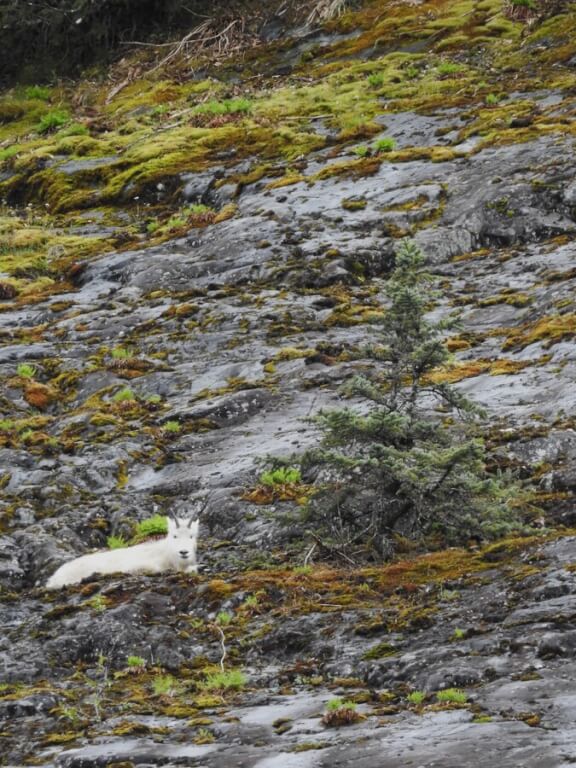
As I was kitted out with my waterproof Altitude V Ultra hiking boots, we decided to walk the 2.4km flat stretch from the bus stop to Mendenhall Glacier. We ditched the paved pathway alongside the road for the more picturesque stroll through the Tongass Forest – the largest in Alaska – past streams, over wooden bridges and beneath trees cloaked in strands of old man’s beard.
The 3000-year-old Juneau Icefield, which covers some 95.27km2, is the fifth largest icefield in North America. It births 38 major glaciers, including the Mendenhall Glacier, which is Juneau’s star attraction. It stretches 19.3km from the Juneau Icefield to Mendenhall Lake, where it breaks off into small ice blocks. From there I take the 3.2km walk to Nugget Falls, just around the bend from the glacier, where I see my first mountain goat.
Seeing a glacier for the first time, made me ponder…
Why are glaciers blue?
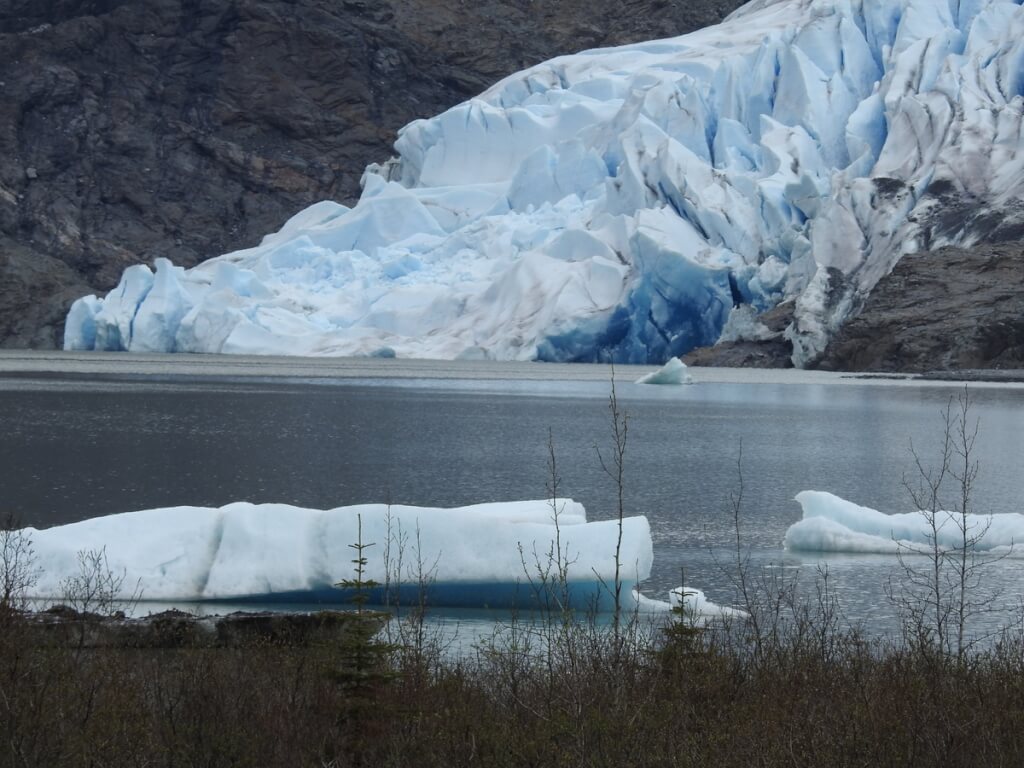
Glaciers appear blue in colour due to an optical phenomenon that relies on a number factors from ice composition and glacier density to the absorption and scattering of colours (Rayleigh scattering) and how we perceive colours.
Glaciers are tightly compacted layers of snow and ice that contain thousands of tiny air bubbles. Sunlight encounters these minuscule air pockets when it filters through a glacier. If you’ll recall science class, sunlight’s spectrum ranges from red to violet (ROYGBIV, anyone?). The ice absorbs longer-wavelength colours, like red and orange, but scatters shorter-wavelength colours, like blue and violet, within the glacier. This so-called Rayleigh scattering is most pronounced for shorter wavelengths. However, a glacier’s thickness and density also plays a role in its colour. The thicker and more compact the ice, the more longer-wavelength light it will absorb. And the intensity of this blue varies depending on the glacier’s age, purity as well as atmospheric lighting conditions. On cloudy or overcast days, the colour may appear duller in hue.
Day 5: Skagway, exploring the Klondike gold rush route
Always one for a photo opportunity, I opt for the half-day, 100km van tour (rather than the more expensive train ride) beyond White Summit Pass and into Canada’s Yukon region. I knew full well that there was a very good chance of wildlife sightings along the way, especially as brown bears were waking from hibernation.
Our Frontier Excursions Yukoner tour follows the same pathway of the gold rush stampeders of the late 19th century up the Klondike Highway. In half a day, we wend our way past melting-snow waterfalls, steep mountain valleys, coastal rainforest and the harsh subarctic alpine tundra of the so-called Tormented valley. Our 10 stops along the way include the Yukon Suspension bridge, Pitchfork Falls, and Lakes Tutshi and Tagish. As we’re about to turn around to head back down the pass, we spot a brown bear – freshly awoken from his wintry nap, I imagine – indulging in a back rub against a young spruce. We see him again on the way back, drinking from an alpine spring before crossing the road to forage with her cub. That made the ride all the more worth it, when compared to the train trip.
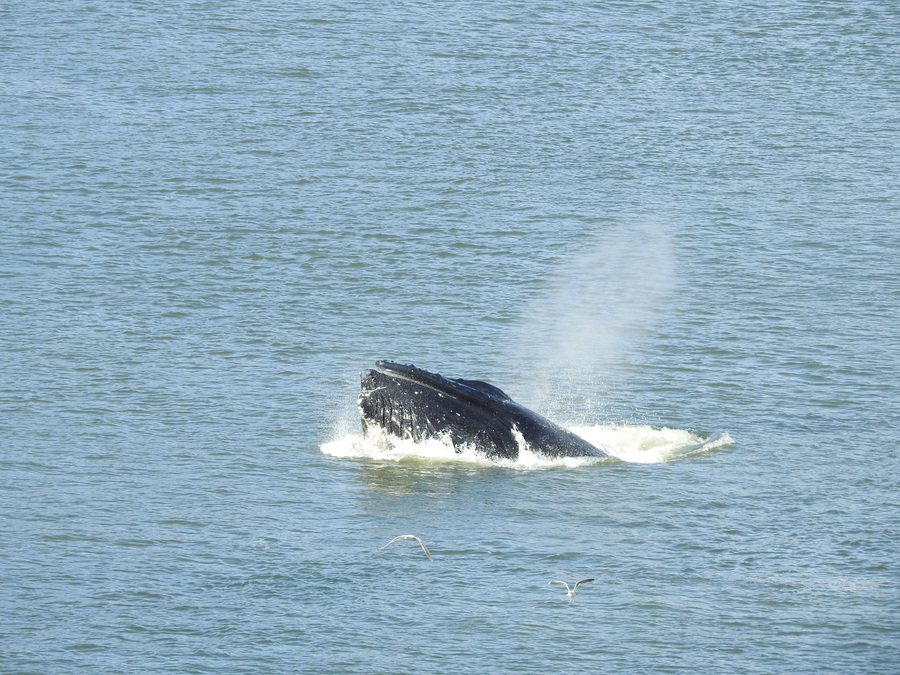
Day 6: Hubbard Glacier
Today, we prepare to be astounded by the sheer magnitude of the Hubbard Glacier – another highlight of our NCL Alaska cruise. Located in the remote Yakutat Bay, the glacier stretches over 122 km in length, making it the longest tidewater glacier in North America. Its immense width of around 9.7km and towering height of around 107m above the water’s surface create an imposing sight that commands reverence. This living masterpiece that is ever-changing and has been sculpted over centuries by the relentless forces of nature gradually descends into the icy waters of Disenchantment Bay. The blue hues emanating from its icy façade captivated us. Our ship made a 360-degree turn for all on board to see this colossal tidewater glacier. The ship’s vantage point provides an up-close experience that few get to witness. One of the most enthralling aspects of witnessing the Hubbard Glacier is the possibility of witnessing a calving event. Calving occurs when gigantic chunks of ice break off the glacier’s leading edge and crash into the bay, causing a thunderous roar and massive swells. I’ll have to return to experience it for myself.
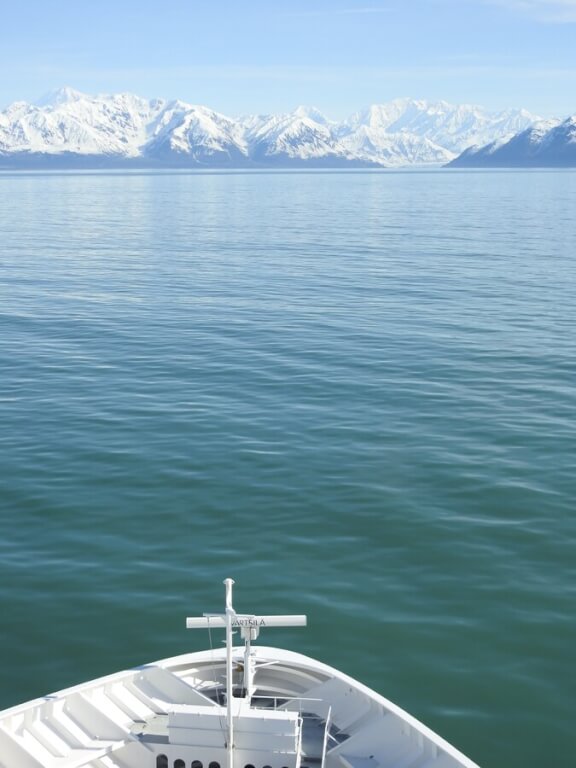
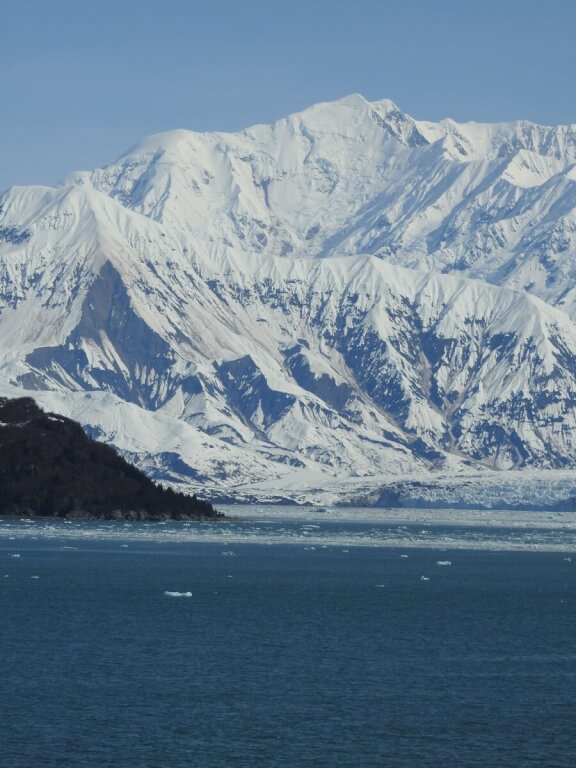
Day 7: Valdez (Keystone Canyon)
Prince William Sound is home to Columbia Glacier, an imposing icy giant that was centre stage of our half-day boat tour from Valdez. With a length of 51 kilometres, this tidewater glacier flows from the mountains to the ocean. Glaciers have shaped the landscape over thousands of years, carving fjords, valleys, and breaking off into blue and white ice formations.
Towering snow-capped mountains, lush forests, and cascading waterfalls served as the backdrop to our journey. The untamed wilderness appeared seemingly devoid of human intervention, instead we spotted bald eagles swooping overhead, otters playfully slipping off ice chunks (floes), and humpback whales coming up for air, and pieces of glacier floating around us.
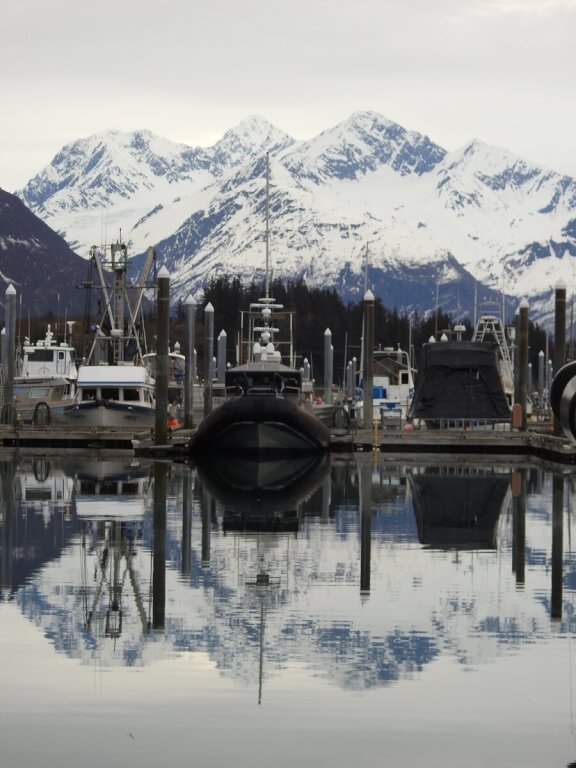
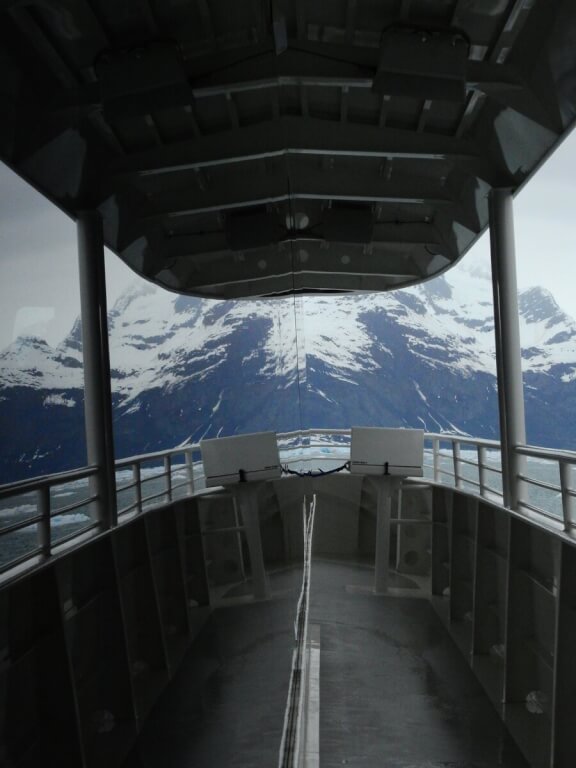
Day 8: Disembarkation in Seward
And before we knew it, we were disembarking in Seward. From here we headed to Anchorage, where I spent a further five days road tripping deeper into the interior. More about that in another post.
But for now, let me say this, for the adventure seeker, Alaska offers a playground that knows no bounds where you can immerse yourself in the great outdoors. In Alaska, the possibilities for adrenaline-fueled experiences are as vast as the American state itself.
What is the best month to visit Alaska?
Alaska’s cruise season runs in the summertime, between May and September, when it transforms into ‘the land of midnight sun’. During this time you can expect a blend of long daylight hours and mild temperatures. The sun shines for around 18 hours a day in June, around the summer solstice. It also doesn’t get much darker than the twilight zone. This extended daylight gives you more time to explore and soak in the landscapes. However, that generally means more time spent outdoors in the elements, so be sure to dress warmly.

When can I see the northern lights in Alaska?
There are two ‘tourist seasons’ in Alaska – that of the midnight sun and aurora season. Like other parts of the northern hemisphere, Alaska witnesses Aurora Borealis, or the northern lights, during winter. You’re most likely to see the northern lights in Alaska between late August and late April. Peak aurora season is in March. This means that a springtime cruise to Alaska offers the greatest chance to experience the best of both seasons. To increase your chances of witnessing this spectacular phenomenon, head to Fairbanks, the state’s interior (between 65° N and 70° N latitude).
How cold does it get in Alaska?
Alaska is huge, which means that its climate and weather patterns vary on the region. Winter temperatures often fall below 0°C. January is the coldest month with average temperatures of −15 to −1 °C.
However, the average temperatures in May (at the start of the summer season) range from 7-15°C. This comes with a possibility of sunshine, rain, wind, and even snowfall in the mountains. July is the warmest month of the year in Alaska. While these temperatures are considered mild for Alaskans, perhaps not so much for us South Africans, particularly when you add in a gusty chill factor. That’s why it’s advisable to pack layers (lots of them) as well as waterproof gear and wind-breakers, especially if you’re going to be spending time on the ship’s deck or outside. This is especially true as weather conditions may change rather quickly.
Summer temperatures around the Inside Passage, where most cruises sail.
May: highs of 12°C, lows of 4°C
June: highs of 17°C, lows of 8°C
July: highs of 18°C, lows of 10°C
August: highs of 17°C, lows of 9°C
September: highs of 13°C, lows of 5°C
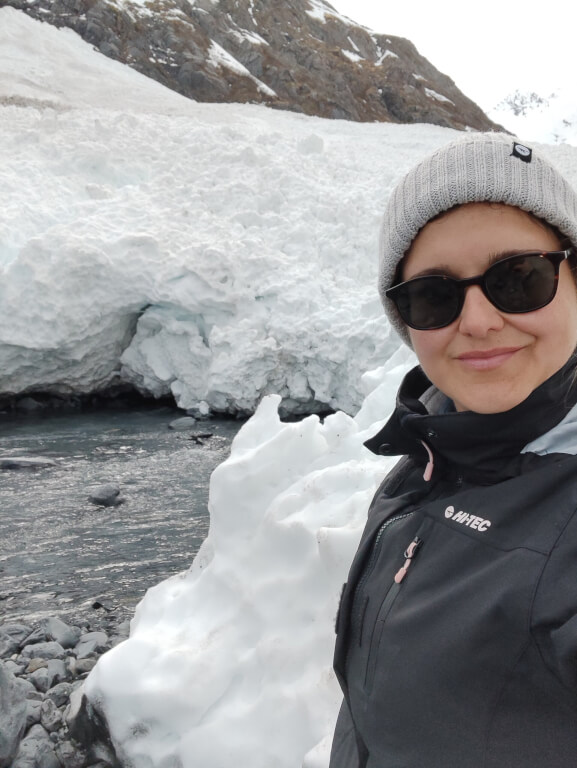
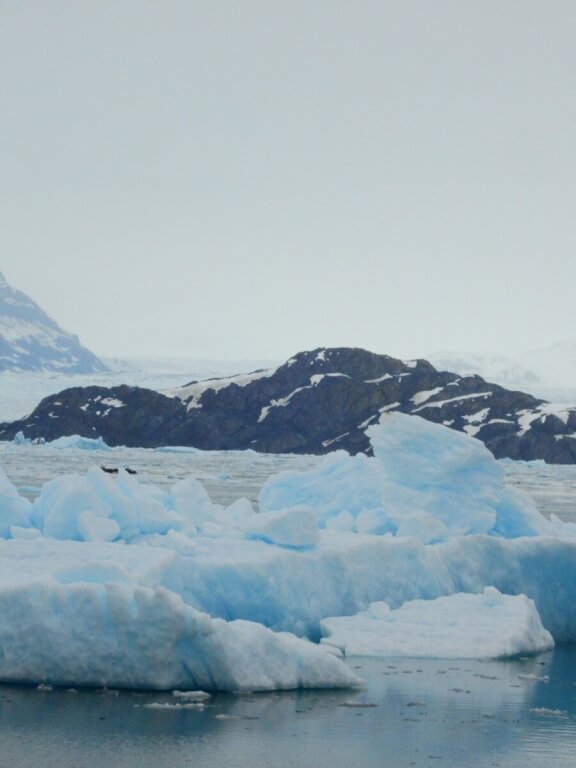
What is the cheapest month to visit Alaska?
The cheapest month to visit Alaska is November and January. However, if you’re visiting Alaska during cruise season, then the shoulder season is your best bet for most affordable rates. April, May and September see fewer visitors, more availability and lower prices when compared to the warmest peak months between June and August.
How to pack for a cruise to Alaska
I made sure to pack a variety of clothing options into my 75-litre Thule Subterra Wheeled Duffel. I chose it because it was big enough for my three-week trip. I loved that I could also separate my worn and fresh clothes into the two compartments that open up on either side of the luggage, which is helpful if you’re travelling for a longer period of time. It also has a hard-shell bottom for structural integrity and a soft-shell top that expands for all those mementoes you’ll be taking home with you.
I also used a small Thule compression packing cube to keep my luggage organised, especially as I did some solo exploring before and after the cruise, which required packing and unpacking. I kept my undergarments, mohair socks, stockings, leggings, gloves, beanie and buff in the compression packing cube.
What to pack for Alaska for a summertime cruise
Variety is essential when packing for Alaska. I packed a variety of lightweight and breathable layers such as long-sleeved vests, thermal spencers and long-Johns. I packed layers that were easy to peel off (and compact to store in my day pack) when the weather warmed up or after I worked up a sweat during a shore excursion. You cannot go without a waterproof jacket. First in my bag was my 3000mm Hi-Tec rain jacket that I had bought in 2013 for a hiking trip in the Peruvian Andes during the rainy season, because it was more affordable on my student budget.
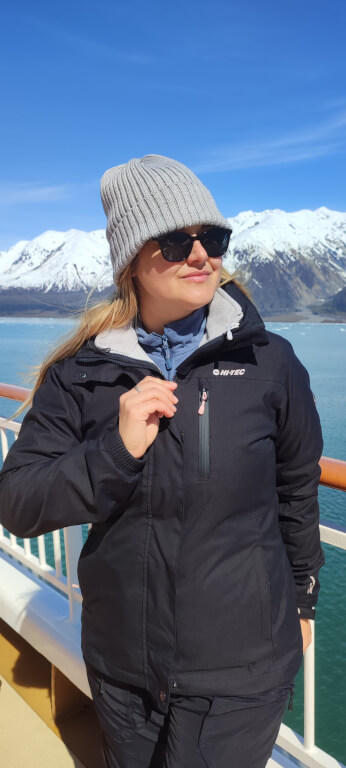
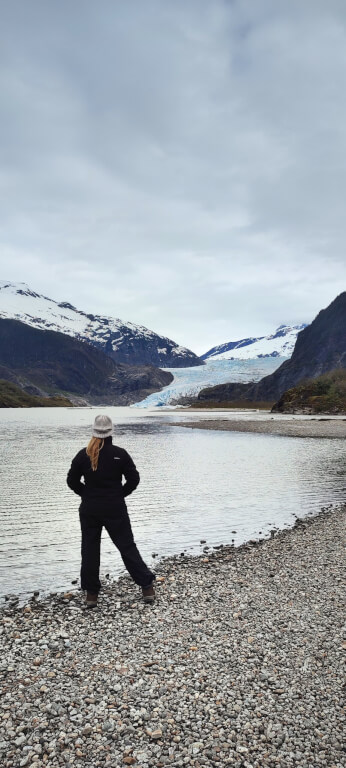
Insulating fleeces and warmer clothing like the Ladies Apex 3-in-1 jacket are a must for cool mornings and crisp evenings definitely. Comfortable walking shoes and high-ankle waterproof hiking boots are a non-negotiable to keep your feet warm and dry even when you’re walking through snow. Ample ankle support and sole traction is also important for the slippery terrain. Though I didn’t get a chance to wear in my Altitude V Ultra waterproof hiking boots before my trip (always a smart idea), my feet didn’t chafe and I didn’t get any blisters: score.
Remember your swimming costume for the spa, jacuzzi and swimming pools, along with sunglasses, a hat, reef-safe mineral sunscreen, binoculars and a reusable water bottle. Pack a few more formal numbers if you’re going to be dining at the gourmet, fine-dining restaurants on board.
If you’re planning a cruise to Alaska, pin this post

